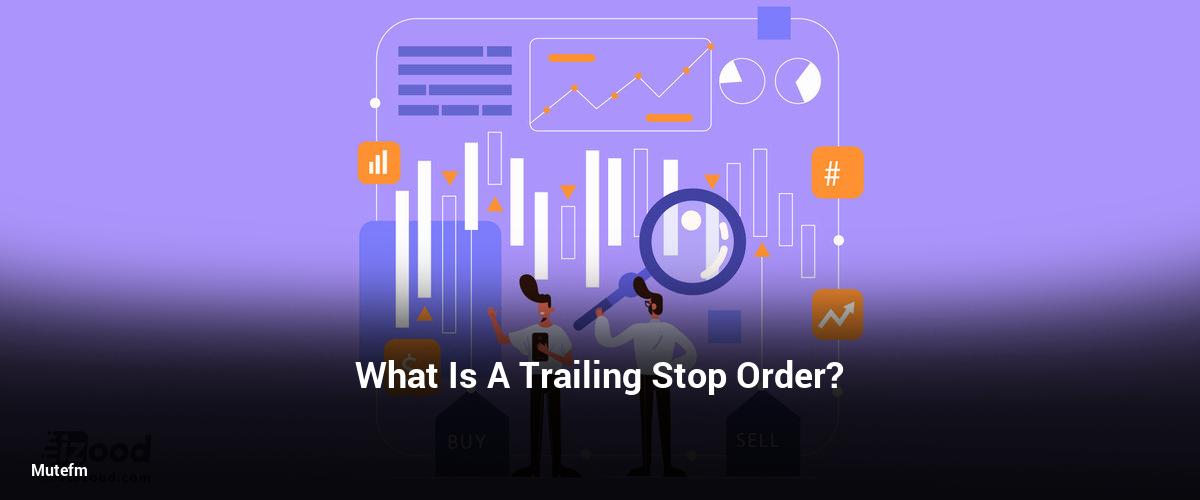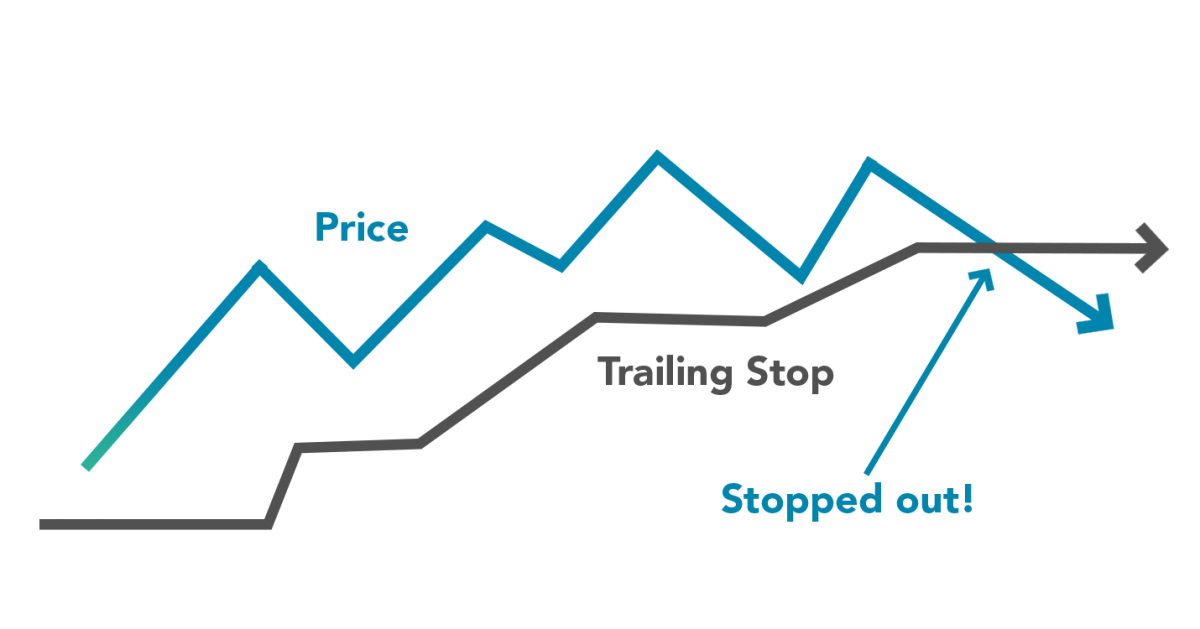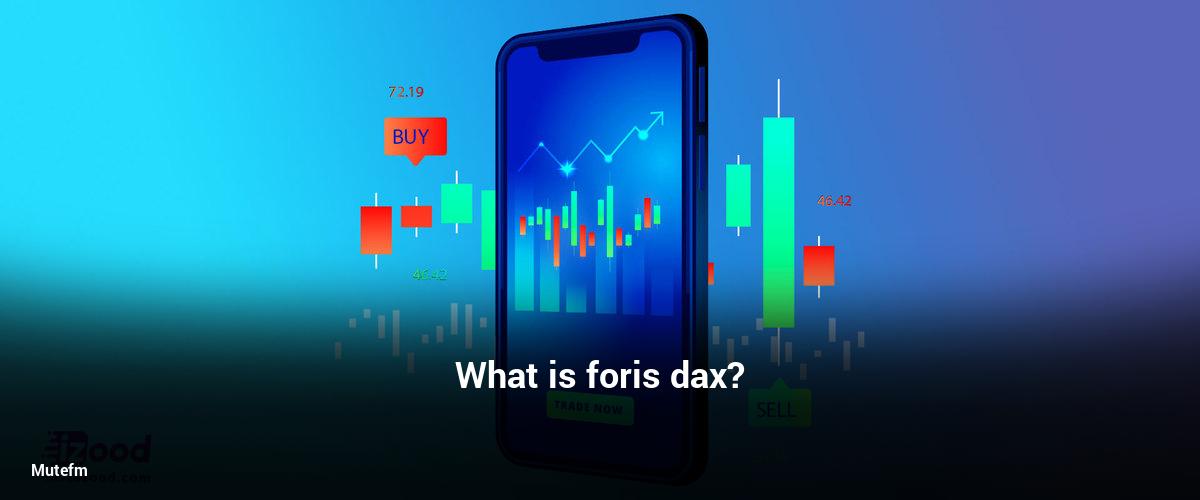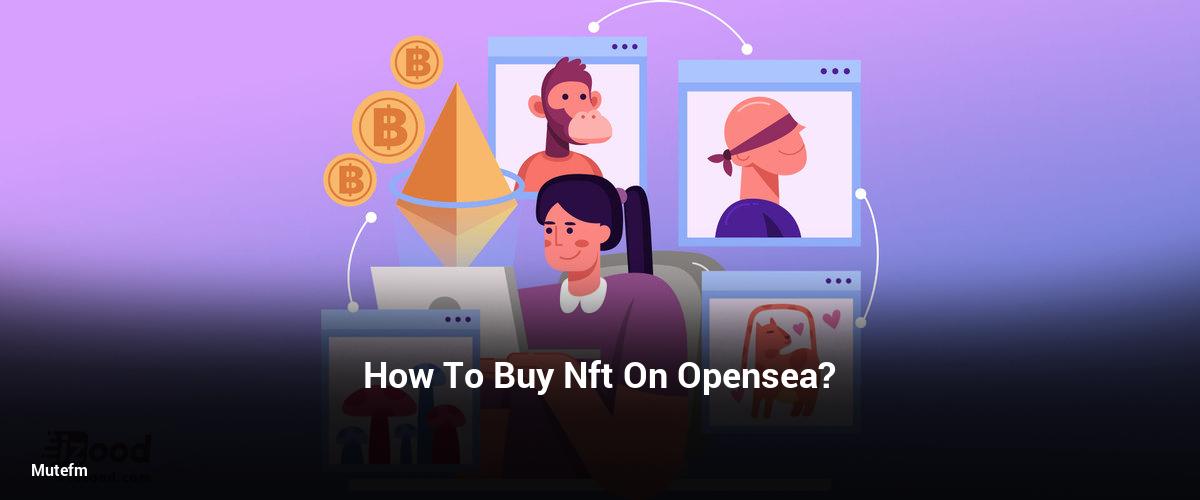
What exactly is a trailing stop?
Capital markets are a great place to start trading. Trading is a new hobby and traders want to make every possible profit. They want to be profitable traders and make profitable decisions. They make a lot of errors while trying to make money. This article will talk about trailing order, trailing stop loss, and what it means for you.
When traders are about to lose their money, stop orders help them exit the position. The market may trigger the stop loss before it starts rising again. To stop losses, and not profits, you need to carefully set stop orders. However, the story with trailing orders is a different one.
Before you are able to set up a stop-loss correctly, it is important that you understand stop losses. This article will focus on a particular type of stop loss: the trailing stop loss. This article will explain what a trailing stopping order is. Learn how trailing orders are made.
Trailing Stop Loss
Trailing stops are stop orders that automatically adjust to asset prices. The trailing stop will be set at a specific price or percentage. If the market is in your favor, then the trailing stop will move. You shouldn’t be concerned about what the optimal entry price is. Or whether the trend will change.
Here’s an example. Consider setting a trailing buy order of 5 percent higher than the current price. The trailing order for buying assets will decrease if the asset loses value. You can then see the meaning of trailing in a trailing order.
Is there a difference between trailing and stop loss?
We will be discussing the difference between a trailing and stop loss in this article. A stop loss will not change the trigger price, as you might already be aware. The price you have set for your stop loss will be reached. The stop loss amount will remain static.
Different trailing stops order. Dynamic is the trailing order, or trailing stop-loss. The trailing price or percent you select for your trailing stop may change. Your trailing stop will be adjusted and trigger at the price you choose. You don’t need to worry about getting the lowest price.
How do you define a trailing stop-loss example?
Consider that you have a trailing loss stop to prevent the sale of a particular asset. The trailing stop can be used to exit the desired position if the trailing limit is exceeded. It can be either buy or sell. The stop order will be activated when the trailing amount reaches zero.
However, if an asset moves in the opposite direction to your trailing amount the trailing loss will follow. The trailing stop loss will increase in value if it does. You will make more profits if you use a trailing stop-loss than a stop-loss. You will be better off using the trailing option.
Is there a reasonable percentage to use for trailing stops?
The trailing percentage can be set from 1% up to 30%. You can choose the most appropriate percentage to place in the trailing order. This is also true of the trailing stop loss. In this section we will determine what the trailing stop loss percentage should be.
For a trailing order, or trailing limit, a good percentage is 15 to 20 percent. This will allow you to choose the trailing limit and order that best suits your needs. Each situation will be different so you need to find the right number. There is not one trailing percentage that works for everyone.

What are the trailing stop loss locations?
A trailing stop-loss order is one that moves with the asset’s prices. This applies even to trailing orders. The question now is: Where does it move? Which direction is it moving?
It is easy. If the asset’s value rises, the trailing stop-loss will grow. If the asset’s price rises, then you can make even greater profits. Even if you have set the trailing loss, this is still true. You will see a change in the trailing amount.
It is also a good idea to have a trailing stop loss. Let’s now look at the trailing stop loss. On the other side, a trailing stop order can be moved in any direction. The order is placed when the asset’s value reaches the trailing amount of the trailing stop order.
If your trailing buy-stop order is a purchase order, its price will decrease. If it is a trailing purchase-stop order it will move down when the asset’s value decreases. The trailing orders will then find you the most attractive price.
How does the trading rule of 1% work?
Risk management techniques can be used with the 1 percent rule. The one percent rule can be used to complement trailing orders and trailing stop loss. You should not enter any position that exceeds 1% of your portfolio. If you only have 150 dollars to invest, it is okay for you to go in with 15,000 dollars.
It puts only a portion of your portfolio at risk. This can be used in conjunction with trailing stops loss or trailing orders. This way, you won’t lose much of your assets.
FAQ
What is a trailing stop-order?
To find the lowest price, a trailing stop-order will track the price. The trailing stop will follow any price movements, even if the asset is not in your favor. The trailing stop order works well if the price is not moving in your favor. If you are familiar with the process, then use the trailing order.
Is there a downside to a trailing stop-loss?
Trailing stop loss works best when used with more volatile assets. There is no way to know if the price will rise above your price point. The trailing stop order does not work well with volatile assets. You can use the trailing loss option where volatility is less.


